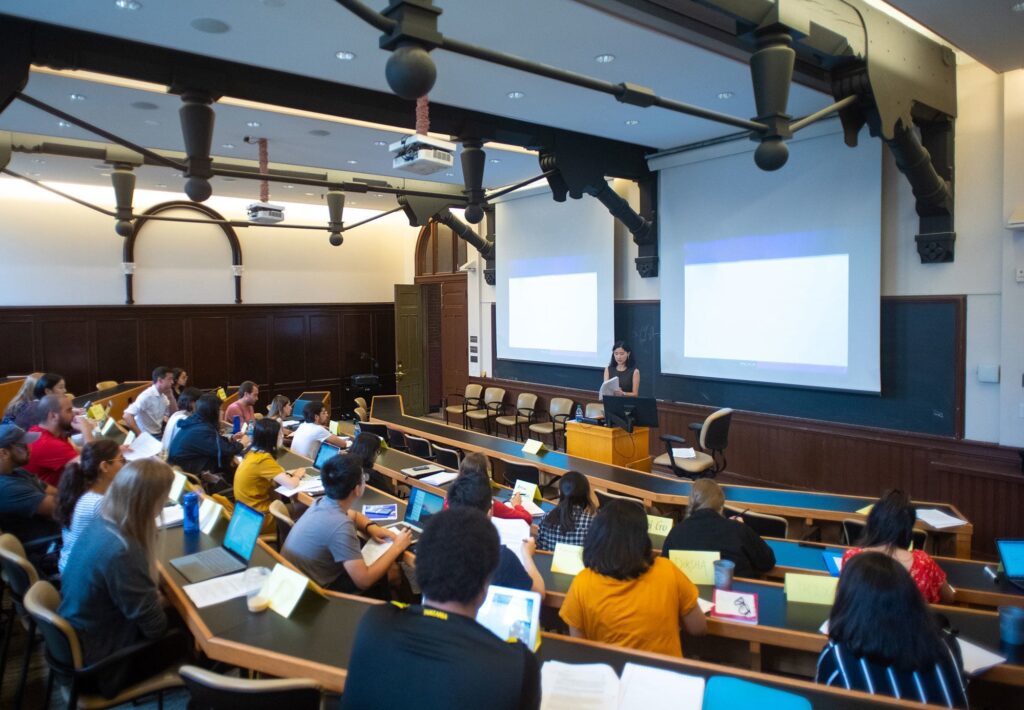Biden’s Student Debt Forgiveness Plan Is Back in Play
By • February 26, 2024 0 760

On Jan. 19, the Biden administration announced that it had approved $4.9 billion in student loan debt relief for 73,600 student borrowers: “These discharges are the result of fixes made by the Administration to income-driven repayment (IDR) forgiveness and Public Service Loan Forgiveness (PSLF).”
In fact, the plan would forgive $1.2 billion in student debt for nearly 153,000 borrowers who have been in repayment for a decade or longer, and originally took out $12,000 or less and are enrolled its new repayment program, called the Saving on a Valuable Education, or SAVE, plan.
No one can be faulted for feeling a little dizzy at this news. It’s the third time in about a year that such a multi-million dollar student debt forgiveness plan has been announced by the Biden administration.
Student debt forgiveness was a top Democratic election priority in 2020. But the the last plans were stopped after the Supreme Court ruled that they were unconstitutional.
“Such large-scale executive actions need congressional approval,” the court declared.
Executive actions are only allowed to use already approved and budgeted monies that the executive branch can move around at will within its agencies, but it can’t create new programs out of new dollars that Congress has not approved.
”The Supreme Court blocked my previous plan but that didn’t stop me,” Biden declared on Feb. 21 in California.
Still, some Georgetown University experts say that “the new plan may face similar legal challenges that plagued the Biden Administration’s original student loan forgiveness program.”
The Biden Administration did succeed in securing the largest increase to Pell Grants in a decade and finalized new rules to protect borrowers from career programs that leave graduates with unaffordable debts or insufficient earnings, according to the Department of Education. It also approved $11.7 billion for almost 513,000 borrowers with a total and permanent disability; and $22.5 billion for more than 1.3 million borrowers who were cheated by their schools, saw their institutions precipitously close or are covered by related court settlements.
“In the wake of the Supreme Court decision on the Administration’s original student debt relief plan, the Administration continues its work to pursue an alternative path to debt relief through negotiated rulemaking under the Higher Education Act,” announced the Department of Education.
No one knows at this point how this new plan will actually be operationalized. The Biden administration has sent out letters to thousands of students saying that their student debts had been canceled (in actuality, their debts were transferred to the national debt to be paid back by taxpayers). Student borrowers will be asked to pay the IRS five percent of their discretionary income if that exceeds $45,000 for 20 years after they graduate or leave college.
A Feb. 24 Wall Street Journal editorial called the new plan “The most flagrant vote-buying plan as we can remember.” In California, Biden called the plan ”a way to provide millions of working families with debt relief for their college student debt.” The forgiveness skews to upper-income borrowers, experts claim.
Clearly, all three comments contain some truth.

